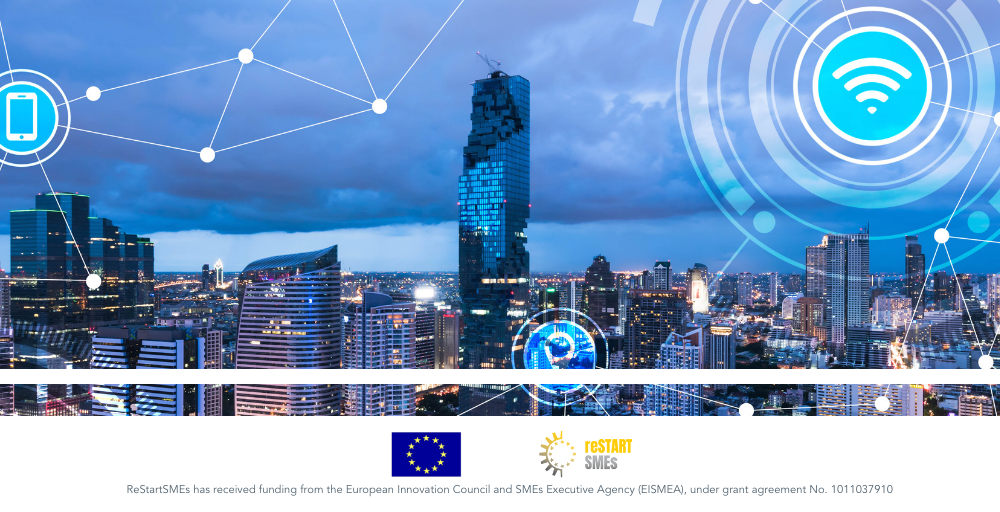The monitoring and management of industrial systems and equipment has been completely transformed by the Industrial Internet of Things (IIoT). In order to develop processes that are smarter and more effective, the IIoT combines the might of the internet with the intelligence of machines. Critical settings are one setting where the IIoT has had a substantial influence. We will examine the advantages of IIoT in critical environments, its workings, and a few instances of IIoT applications in this post.
What is a Critical Environment?
Critical environments are those in which the failure of equipment or processes could have catastrophic consequences. Examples of critical environments include data centers, hospitals, laboratories, and manufacturing facilities. In these environments, uptime is essential, and any downtime can result in significant financial losses or even loss of life.
The Importance of IIoT in Critical Environments
IIoT has become increasingly important in critical environments for several reasons.
Firstly, it provides real-time data that enables predictive maintenance, reducing the risk of equipment failure. Secondly, it enables remote monitoring, which is crucial for ensuring uptime and reducing downtime. Finally, IIoT provides visibility into the entire system, enabling operators to identify and rectify issues quickly.
How IIoT Works in Critical Environments
IIoT operates by attaching devices to a network, allowing them to communicate and exchange data. The performance of the machinery and the entire system is then deduced from the analysis of this data. IIoT sensors are used to gather data from machines and equipment in critical situations. The performance of the machinery and the overall system is then examined after being transmitted to a central server for analysis. Operators can take preventive action by using the data to spot problems before they arise.
IIoT has many applications in critical environments, including:
- Data Centers that are critical environments that require 24/7 uptime. IIoT sensors can be used to monitor the temperature, humidity, and other environmental factors that affect the performance of the equipment. The data collected can be analyzed to predict when equipment is likely to fail, enabling operators to take preventive action.
- Hospitals are another critical environment where IIoT is making a significant impact. IIoT sensors can be used to monitor patient health and vital signs, ensuring that they receive the best possible care. They can also be used to monitor medical equipment and supplies, ensuring that they are always available when needed.
- In laboratories, IIoT sensors can be used to monitor the temperature, humidity, and other environmental factors that can affect the quality of experiments. They can also be used to monitor equipment and supplies, ensuring that they are always available when needed.
- Manufacturing facilities are another critical environment where IIoT is making a significant impact. IIoT sensors can be used to monitor the performance of machines and equipment, ensuring that they are operating at peak efficiency. This data can be used to predict when equipment is likely to fail, enabling operators to take preventive action.
Final Words
The IIoT has revolutionized the way critical environments are monitored and managed. It provides real-time data that enables predictive maintenance, reducing the risk of equipment failure. It also enables remote monitoring, which is crucial for ensuring uptime and reducing downtime.
Finally, IIoT provides visibility intothe entire system, enabling operators to identify and rectify issues quickly. IIoT has many applications in critical environments, including data centers, hospitals, laboratories, and manufacturing facilities. As the IIoT continues to evolve, we can expect to see even more applications in critical environments.

